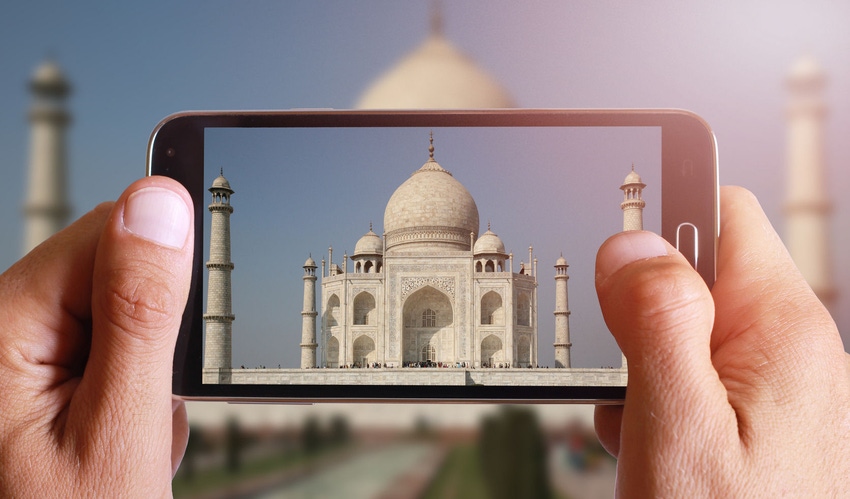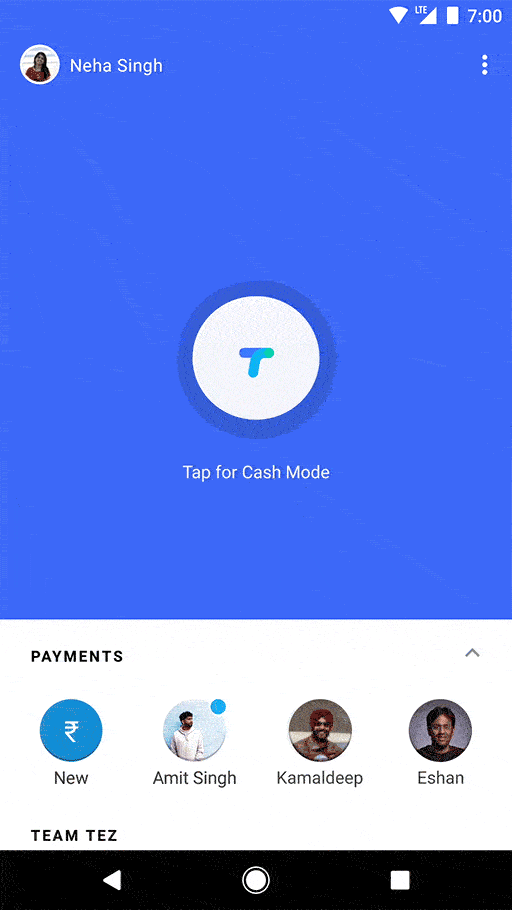Google makes major mobile wallet move in India
Google has made a play for the booming Indian mobile commerce market with the launch of Tez, its new mobile wallet app designed specifically for the country.
September 18, 2017

Google has made a play for the booming Indian mobile commerce market with the launch of Tez, its new mobile wallet app designed specifically for the country.
Rumours over Google’s entry into the Asian mobile payments world have been swirling around for a while, but now it’s official. The app is now available on Google Play and the App Store, and supports English, Hindi, Bengali, Gujarati, Kannada, Marathi, Tamil, and Telugu.
“To make digital payments truly work for India, we need a product that can compete with cash. It needs to be simple, affordable, and work everywhere and for everyone. So today we are introducing a new mobile app from Google, Tez,” said Caesar Sengupta VP of the Next Billion Users Team at Google.
And while India will certainly be an interesting target for the Googlers, it seems the team has bigger ambitions. Alongside India, Tez has also been trademarked in the Philippines and Indonesia, two other massive opportunities for mobile money. India certainly has earmarked as an area where fortunes can be made, but it should come as no surprise Google wants to get hold of all the money.
The challenge here will be resistance to the digital economy in the country, as cash is still king. It is an area which the Indian government has been keen to address for some time, but the penetration of debit cards and credit cards is very low. This is an economy where services and businesses are built on cash.
“Indians love cash,” said Sengupta. “There is a reason for this: cash is easy to use and works everywhere. But cash is easy to lose, difficult to carry around and can be easily stolen. More critically, cash makes it hard for people to build a financial track record, and could result in exclusion from services like credit and insurance.”
And while there will be benefits to sell, it might be tough to convince a cash-driven economy that the digital one is better. Mobile payments in the UK took a while to get off the ground, and we got used to the idea of near field communications (NFC) with contactless cards; with such low levels of card penetration across India, this step might be a bit trickier.
But while winning the hearts and minds of the Indian consumer might be difficult, this actually gives must more justification to the tech. With such low levels of card penetration across India, some might argue this creates a much greater need for simplicity in accessing cash.
However, the risk and effort could be well worth it. A recent study from Google and BCR estimates the digital payments industry to be worth in the $500 billion by 2020, contributing to 15% of GDP. Part of this research focused on micro-transactions, those expected to be under Rs. 100, which Google anticipates to account for 50% of person-to-merchant transactions.
Google might not have been the first to market with a product, but that is not a genuine indicator of success. Google was also not the first search engine you ever came across, but look what happened there.

About the Author(s)
You May Also Like








.png?width=300&auto=webp&quality=80&disable=upscale)


_1.jpg?width=300&auto=webp&quality=80&disable=upscale)


.png?width=800&auto=webp&quality=80&disable=upscale)